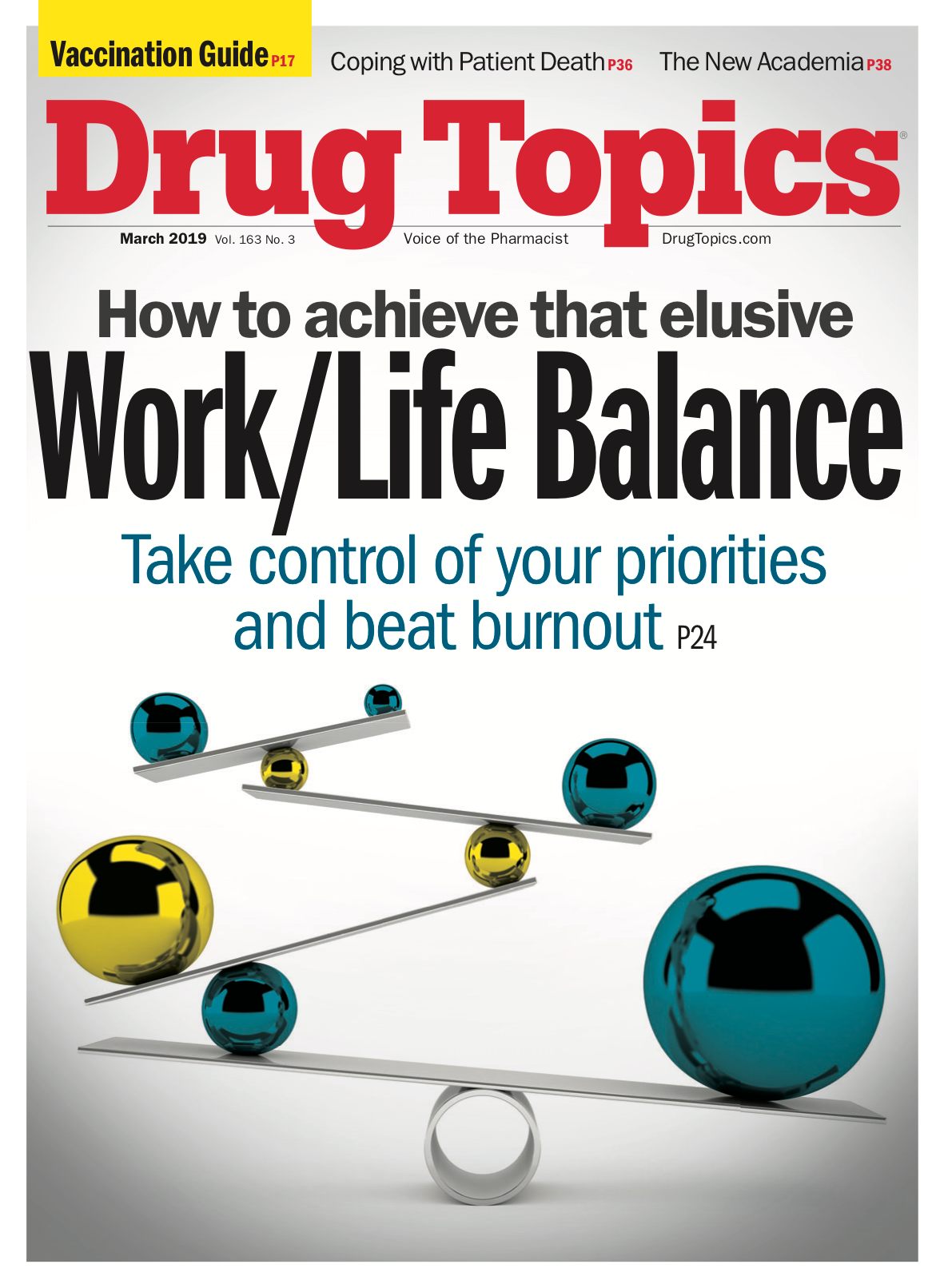The 5 New Pharmacy Care Models
As pharmaceuticals grow to consume more and more of the healthcare dollar, traditional care models need to change in order to deliver the best healthcare outcomes and real value. Here are five new models on the rise.

U.S. healthcare had quite a year in 2018. Employers, the federal government, and patients are not happy with the way healthcare is delivered and financed. Hospitals, physicians, and pharmacies try to remain relevant as new technologies are developed to commoditize healthcare services and enable patients to become true consumers.
Pharmaceutical companies continue to improve healthcare with new therapeutic agents. The value of these new drugs can benefit society, but even more so, their impact on healthcare economics is staggering. Specialty drugs to treat certain patients present new challenges for health plans and pharmacy benefit managers (PBMS).
As pharmaceuticals grow to consume 30% of the healthcare dollar, traditional care models need to change in order to deliver the best healthcare outcomes and real value or they will become obsolete.
Currently, drugs covered under the pharmacy benefit are distributed through community pharmacies, mail service pharmacies, and specialty pharmacies. PBMS utilize proven systems (e.g., online drug claims processing, pharmacy network contracting, and drug rebates) to manage unit drug cost.
In the future, drugs covered under the medical benefit, many of which are specialty drugs, will need new systems and processes to manage these drugs administered through the physician office, home infusion, and hospitals.
Current and new models
This creates a need for new care models.
The current care models in pharmacy are:
- Community (e.g., CVS and Walgreens)
- Hospital (e.g., Cedars-Sinai)
- Long-term care (e.g., Omnicare)
- Mail order (e.g., CVS and Express Scripts)
- Specialty (e.g., Diplomat).
These models are: facility driven by site of care, healthcare-professional driven, expensive, and inefficient.
The key shortcomings of the current care models are that they:
- Do not use a population health approach to identify the patients to treat
- Make the patient come to the site of care (e.g., hospital, pharmacy, or physician office) to receive care
- Dispense pharmaceuticals with a “one-size-fits-all” approach and creates excessive waste
- Make minimal use of information technology
- Require each facility work in its own silo with no integration of overall patient care activities
New care models are being created that are patient driven, leverage technology, and improve accessibility.
These new care models in pharmacy are:
- Dispensing kiosks (e.g., MedAvail)
- Multi-dose strip packaging (e.g., PillPack, Pack4U)
- Patient-centered home (e.g., ExactCare Pharmacy and MedAppropriate)
- Precision medicine (e.g., Myriad)
- Telehealth (e.g., Catalyst).
The key benefits of the new care models are that they do one or more of the following:
- Use data analytics to identify the patients that would benefit the most from these new services
- Deploy pharmacists into the patient’s home to provide “high-touch” care
- Dispense pharmaceuticals in the most effective way to minimize waste
- Leverage information technology (e.g., Bluetooth, wireless communications, and smartphones)
- Integrate pharmacy with the overall patient care activities
Additionally, online retailer Amazon, is disrupting the current business model in the retail and grocery industries and will do the same in the community pharmacy industry.
This will give employers and the federal government new choices in how healthcare is delivered. However, they will need a digital health strategy to leverage these new services to make sure the sickest patients can be treated in the patient care setting that can deliver measurable health outcomes improvement.
As a result, there will be new benefit designs and ways to finance care.
Perry Cohen, is an editorial advisor for Managed Healthcare Executive, and is chief executive officer, The Pharmacy Group.
David Calabrese of OptumRx Talks New Role, Market Insulin Prices and Other Topics 'On His Mind'
April 13th 2023In this month’s episode of the "What's On Your Mind podcast," Peter Wehrwein, managing editor of MHE connects with the now Chief Clinical Officer of OptumRx Integrated Pharmacies, David Calabrese. In this conversation, David touches on his transition in January as OptumRx’s former chief pharmacy officer and market president of health plans and PBMs to his new role as Chief Clinical Officer where he now focuses more on things such as specialty pharmacy to home delivery — with an overall goal of creating whole-patient care. Throughout the conversation, Calabrese also touched on the market’s hot topic of insulin prices and behavioral health services within the OptumRx community, among other topics.
Listen
Upended: Can PBM Transparency Succeed?
March 6th 2024Simmering tensions in the pharmacy benefit management (PBM) industry have turned into fault lines. The PBMs challenging the "big three" have formed a trade association. Purchaser coalitions want change. The head of the industry's trade group says inherent marketplace friction has spilled over into political friction.
Read More
Briana Contreras, editor of Managed Healthcare Executive, spoke with Nancy Lurker, CEO and president of EyePoint Pharmaceuticals. Nancy shared a bit about EyePoint and how the organization’s innovative therapies are addressing patient needs through eye care, and most importantly, she addressed C-Suite positions like the CEO role. Nancy shared advice for those seeking to reach the CEO level, especially toward women in healthcare and other roles, and what it takes to run a biopharma company.
Listen
The deliberate disconnection of Change Healthcare to ring fence a cyberattack entered its seventh day today. Prescribers are finding ways to get pharmacy claims processed, and UnitedHealth Group says disruption to the dispensing of prescriptions has been minimal. But independent pharmacies want more information and protection from financial consequences from pharmacy benefit managers.
Read More
